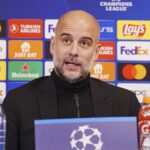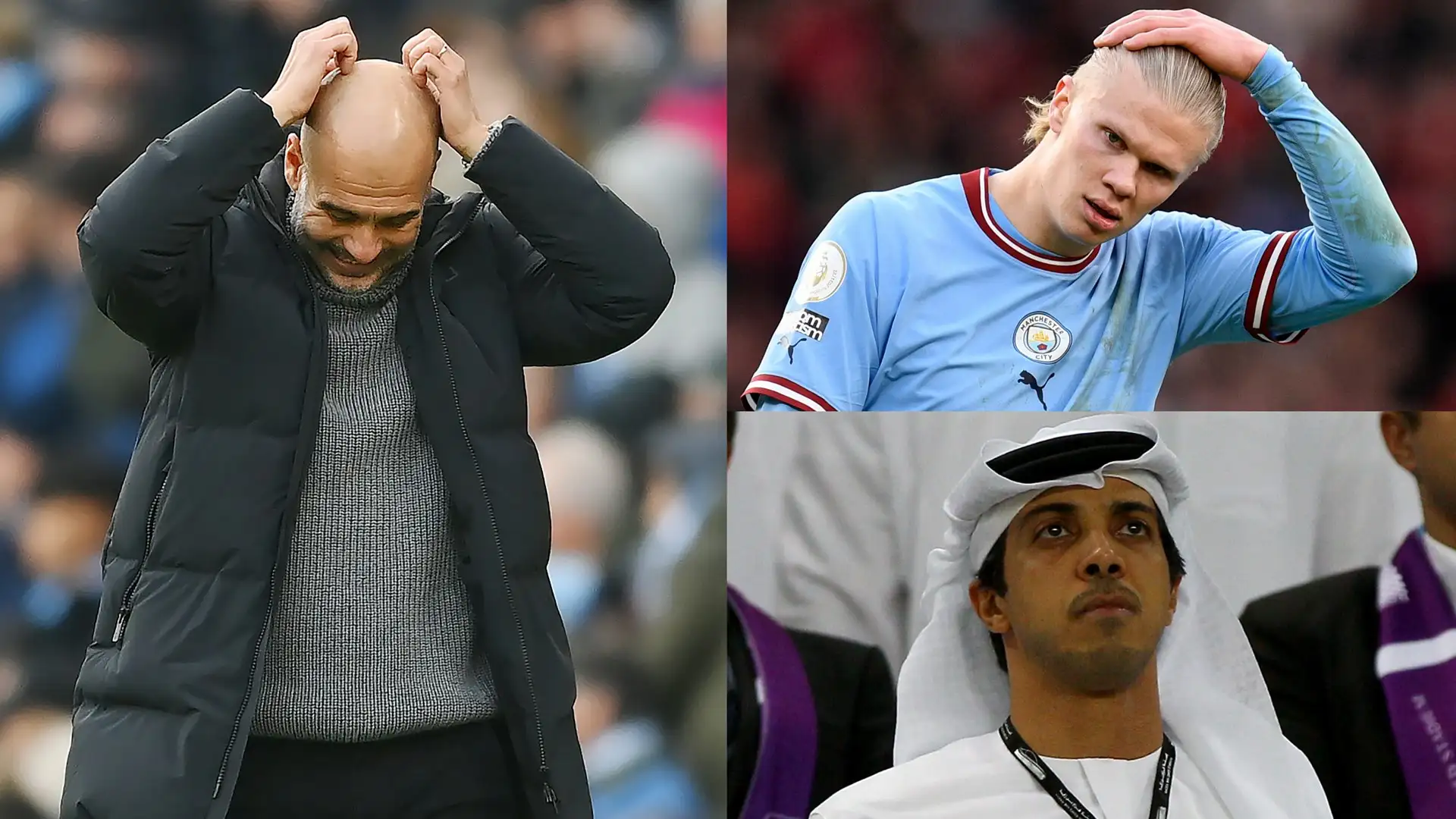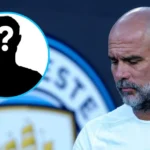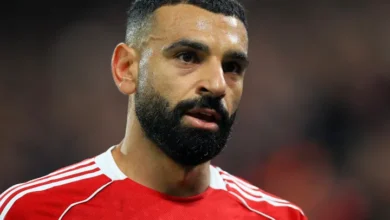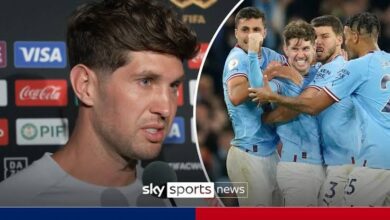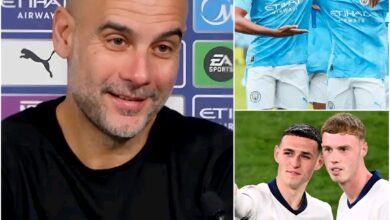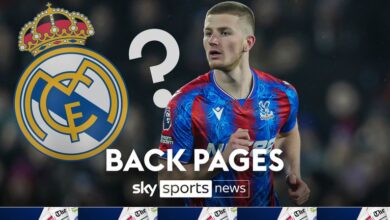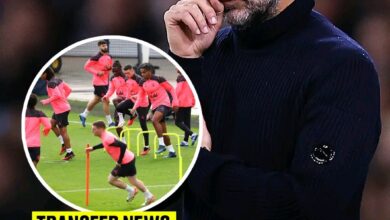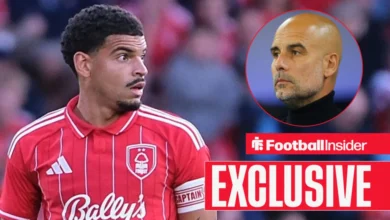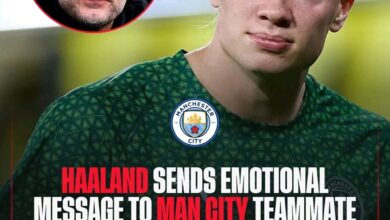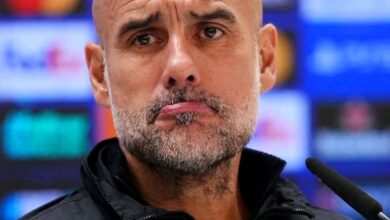Man City biggest summer sale could be star Pep Guardiola has regrets over
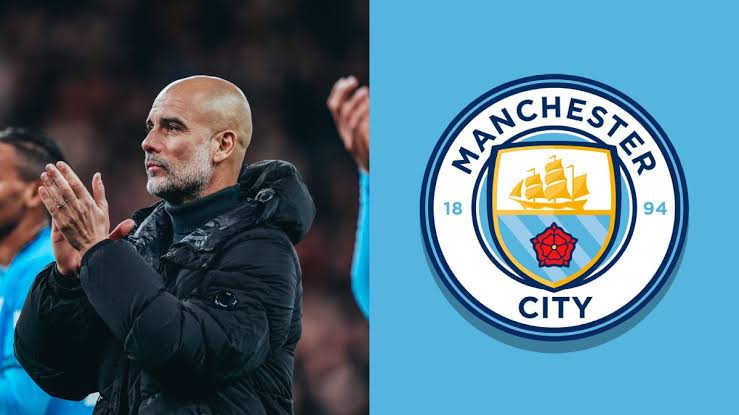
Manchester City have become one of the biggest football clubs in the world, a team that no longer needs to prove themselves when it comes to spending money or attracting top talent. For years, they have dominated English football, winning Premier League titles, domestic cups, and even achieving European glory that once felt impossible. Their success has not just come from the money they spend to bring in new players, but also from the clever way they have managed to sell players at big prices.
In recent years, Manchester City have mastered the art of selling players who may not even be their first-choice stars, and yet they have managed to receive huge fees that most clubs can only dream of. This is a part of their overall business model that often goes under the radar, overshadowed by headlines about their spending on big-name signings. But it is a crucial part of how they have remained so strong, so stable, so feared across Europe.
If you look at the recent history of Manchester City’s transfer business, you will see a pattern. They spend heavily to strengthen their squad, but they also sell wisely. In 2020, they sold Leroy Sane to Bayern Munich for an initial fee of £44.7 million. Sane had been one of their most exciting attacking players, a winger with blistering pace and superb skill. But he was also frustrated with his role and wanted a new challenge. City did not panic or try to force him to stay against his will. They negotiated hard with Bayern and made sure they got good money for a player who wanted to leave.
That sale set the tone for what would become something of a tradition at the club. Each summer, there seemed to be at least one big departure that brought in serious cash. In 2021, Ferran Torres was the next. Torres was a young Spanish forward who had shown real promise, but he was not yet the finished article. Barcelona were desperate to sign him and City saw an opportunity. They agreed to a deal worth an initial £46.7 million. It was another example of their ability to make a healthy profit on a player who was not essential to their plans.
Then came 2022. This time it was Raheem Sterling’s turn to go. Sterling had been a huge part of City’s success under Pep Guardiola, scoring goals, providing assists, and tormenting defences with his movement and direct running. But he had fallen out of favour somewhat, as City’s squad evolved and Guardiola experimented with different attacking setups. Chelsea wanted him badly and City knew they could get a good fee. In the end, they agreed on a £50 million deal. Again, they did not stand in the player’s way, but they made sure they were compensated properly.
These deals showed a certain ruthlessness, but also a kind of respect. City knew they had to keep their squad fresh and motivated. They knew some players would want new challenges or more guaranteed playing time elsewhere. Instead of forcing them to stay and risk having unhappy players, they sold them for big fees and reinvested the money. This approach helped keep the team competitive year after year.
In 2023, they did it again. This time the surprise was Cole Palmer. Palmer was a highly rated academy graduate, but he had not played a huge number of games for City’s first team. He was talented but relatively untested at the highest level. Yet Chelsea came calling again, eager to add another young English player to their squad. City saw the chance and took it. The final fee was £42.5 million. For a player who had not even been a regular starter, it was an incredible sum. It spoke to the power of City’s reputation and their ability to develop young talent that other clubs would pay top dollar for.
Then came 2024. This time it was Julian Alvarez. Alvarez had arrived at City as a relatively unknown but highly promising Argentine striker. He quickly showed his quality, scoring goals and working tirelessly for the team. But with Erling Haaland the undisputed main striker, Alvarez often found himself playing second fiddle. Despite that, his reputation had soared. Clubs all over Europe admired his movement, finishing, and work rate. Eventually, he was sold for what became a club-record departure fee: £64 million initially, with the possibility of rising to £82 million depending on add-ons. For City, it was another masterstroke. They had bought him for far less, developed him further, and then sold him at his peak value without it destroying their squad balance.
This pattern of selling smartly is one of the reasons Manchester City have remained so strong financially despite their big spending. Yes, they have spent huge sums on players like Jack Grealish, Erling Haaland, Josko Gvardiol, and others. But they have also balanced the books in ways that often go unnoticed. While other clubs struggle to get decent fees for their unwanted players, City seem to do it almost every summer without fuss.
It is also about more than just money. These sales show how City manage their squad dynamics. Pep Guardiola is known for demanding total commitment and focus from his players. He is relentless in training and in matches. For some players, this is exciting, but for others, it can become exhausting over time. City understand this. They know some players will want new challenges. Instead of creating conflict or letting players run down their contracts and leave for free, they sell them while they still have strong market value.
It is not always easy to let go of talented players. Fans may not want to see someone like Sterling or Sane leave. Even Palmer, though young and unproven, had supporters who wanted to see him stay and become a City legend. But the club has shown it can make tough decisions for the good of the overall squad. They back themselves to replace those players with new signings or to promote the next wave of talent from their academy. Sometimes the deals have even helped City’s rivals, which might seem risky. Selling Sterling to Chelsea or Palmer to Chelsea meant strengthening a Premier League rival. But City did not seem worried. They trusted in their own squad and in Guardiola’s ability to stay ahead. And so far, that trust has been justified. City have kept winning trophies despite these sales.
Another part of the strategy is the timing. City do not let players run down their contracts to the point where they have no leverage in negotiations. They are proactive. They start planning early. They know which players might want to leave and they make sure they get the best possible price. This gives them the resources to reinvest in the squad. It also sends a message to the players: if you perform well, you will get opportunities—whether that is more playing time at City or a big move elsewhere.
City’s academy has played a big role in this strategy too. Selling Palmer for over £40 million is a prime example. He was developed at City, cost them next to nothing, and became a multi-million-pound asset. The same is true for others over the years. City have sold academy players who might not have made it at the Etihad but who were still seen as valuable by other clubs. This is something City have worked hard to develop, investing heavily in their youth setup and scouting.
Of course, City’s critics will say the club can afford to do this because of their wealth. And it is true that City have massive financial resources thanks to their owners. But money alone does not explain the success of their transfer business. Plenty of rich clubs waste money. Plenty of big teams fail to get good fees when selling players. City’s success in this area is down to planning, negotiation skills, and their reputation for developing top talent.
It also helps that City players are seen as well-coached, tactically intelligent, and adaptable. Clubs know that if you buy a player from City, you are getting someone who has been drilled in a high-level system, who knows how to press, how to move, how to play with discipline. That adds value. Looking ahead, City will probably continue this approach. Every summer brings questions about who might leave. Players want new challenges, new contracts, new roles. City will keep selling, but they will keep buying too. The cycle will go on. It is part of modern football. And City seem better at managing it than most.
Their 2024 spending has been heavy, as usual. But compared to previous years, the money they have received from sales is actually down. They did get the big Alvarez deal, but overall they are trailing their previous highs for outgoing transfer fees. Not that it matters too much. City are not panicking. They have the resources to keep investing regardless. And they know that they can always sell big again next year if they want to.
In fact, some would argue that City have become victims of their own success in this area. Other clubs have become more cautious when negotiating with them. They know City will demand top dollar and they know City do not have to sell. That gives City power in negotiations. They can afford to walk away if they do not get the price they want. Even with this year’s slightly lower sales figures, City are in a strong position. They have one of the best squads in Europe. They have a world-class manager. They have a reputation that attracts top players. And they have a track record that convinces players and agents that joining City is a smart career move.
Meanwhile, the club’s financial department will keep working behind the scenes, planning future sales, scouting replacements, balancing the books. This is the City model. It is not just about spending big. It is about spending wisely, selling wisely, and making sure the squad stays strong and motivated. It is also about culture. City have built a winning culture where players are expected to perform at the highest level. If they want to leave, they can, but only for the right price. If they want to stay, they have to compete for their place every day. Guardiola demands intensity. He does not want players who feel too comfortable.
The sales over the past few years have helped keep that competitive edge. Players know they cannot coast. They know City will replace them if they drop their standards. They know there are talented youngsters coming through. And they know that if they do want to go, City will treat them fairly but will also make sure the club is protected financially. All of this has made City one of the smartest operators in the transfer market. Yes, they are rich. But they also act like a business that knows how to manage its assets. That is why they have been so successful on the pitch and so stable off it.
Fans might worry sometimes about who will leave next. Will it be Phil Foden one day? Will it be Kevin De Bruyne if he wants a new challenge before the end of his career? Will other young stars follow Palmer’s path? But the club’s track record suggests they will handle it. They will get top fees. They will reinvest. They will stay strong. It is a modern football reality. The days of keeping the same core squad for a decade are over. Players move more often. Ambitions change. Clubs have to adapt. City have shown they are among the best at adapting.
So yes, they have splashed the cash in 2024. But they have also accepted that they will sometimes sell. Even if this year they are a little behind previous seasons for money received in sales, they know it will even out. They are not worried. They know their overall financial picture is healthy. They know they can keep buying the players they want. Because in the end, this is not just a story about money. It is a story about power, planning, and trust. City trust their system. They trust their recruitment. They trust their coaching. And that trust has delivered success season after season.
That is why Manchester City fans do not need to panic when they see a favourite leave for a big fee. History says City will get good money. History says City will replace them well. History says City will keep winning. And that, more than anything, is what matters.



